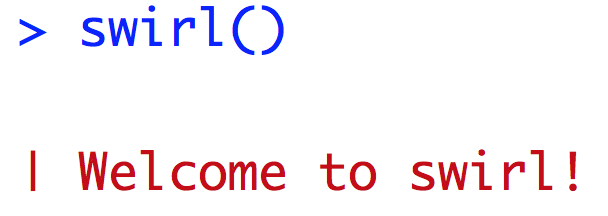1506 total view(s), 738 download(s)
Summary:
This lesson helps students know some of the options for how to graph grouped continuous data (such as those involved in doing a t-test or ANOVA) and how to choose the best option.
Contents:
Pratt_GraphingGGPlot_LessonPlan.pdf(PDF | 124 KB)
Pratt_GraphingGGPlot_swirl(VAR/WWW/QUBESHUB/APP/SITE/PUBLICATIONS/01743/01888/EYT1LWZ9JJ/PRATT_GRAPHINGGGPLOT_SWIRL-5453 | 12 KB)
- Resources for Grouped Graphs Swirl Lesson
- Groups Graphs R Code
- License terms
Description
Graphing grouped continuous data is very common in Biology. For example, comparing the growth rate of caterpillars fed two different diets or the height of trees grown in drought compared to well-watered conditions. However, common graph types used can make it impossible for a reader to critically evaluate and interpret the data and accompanying conclusions. This lesson demonstrates how to make several different types of graphs that are more effective at allowing the readers to critically evaluate the data. At the end of the lesson, students will choose what they think is the best graph to represent the data and submit this for homework.
Cite this work
Researchers should cite this work as follows:
- Pratt, M. (2020). Graphing grouped continuous data in R with swirl. Teaching with R in Undergraduate Biology, QUBES Educational Resources. doi:10.25334/FM8B-PM89
